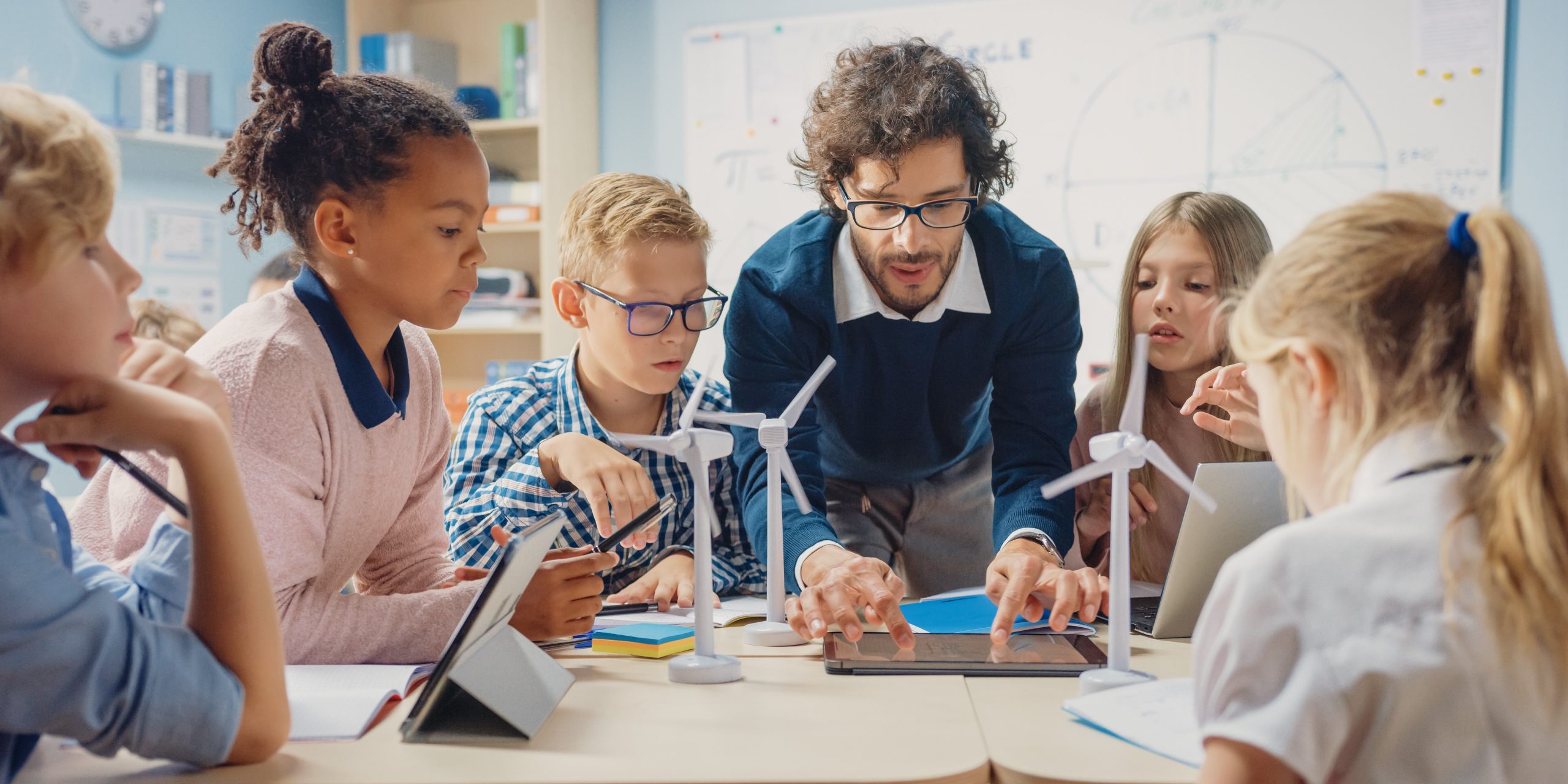Find the Best Primary Science Tuition Singapore for Enhanced Learning
Wiki Article
Discovering the Various Training Techniques in Key Science Education Today
The landscape of primary scientific research education and learning is progressing, with different training strategies obtaining importance in modern class. Inquiry-based understanding, hands-on experiments, and the combination of innovation are redefining how educators engage young minds. Additionally, joint techniques and separated direction are being used to accommodate the diverse demands of students, boosting both interaction and understanding. As we take a look at these methods, concerns occur regarding their efficiency and the implications for future academic techniques. What might these shifts in approach mean for the future generation of students?Inquiry-Based Discovering
Inquiry-Based Discovering (IBL) is an instructional technique that encourages trainees to explore clinical principles with questioning, examination, and hands-on testing. This technique highlights the role of pupils as energetic participants in their understanding, advertising critical thinking and analytic abilities. By involving with real-world concerns, students come to be motivated and interested, which boosts their understanding of clinical principles.In IBL, teachers work as facilitators, assisting trainees as they browse their queries as opposed to delivering details directly. This student-centered technique permits distinction, accommodating numerous learning paces and styles. Pupils develop skills in developing hypotheses, making experiments, and evaluating data, which are crucial for clinical literacy.
Furthermore, IBL cultivates partnership among students, motivating them to share searchings for and concepts. This collective inquiry advertises social skills and a feeling of area within the class. In addition, the process of questions encourages strength, as students discover to embrace failure as a tipping stone towards understanding.
Hands-On Experiments
Hands-on experiments are an important element of efficient science education, matching the concepts of inquiry-based knowing. These experiments enable trainees to involve directly with scientific concepts, fostering a much deeper understanding with experiential learning. By manipulating materials and observing end results, young students can realize abstract theories in concrete methods.Such activities promote vital thinking and problem-solving skills, as pupils hypothesize outcomes, conduct experiments, and analyze outcomes. This procedure motivates them to ask concerns, fine-tune their understanding, and develop a scientific way of thinking. Additionally, hands-on experiments can be customized to varied knowing designs, making certain that all trainees have the opportunity to engage meaningfully with the web content.
Moreover, hands-on experiments usually encourage collaboration among peers, promoting synergy and interaction abilities. Operating in teams allows trainees to share ideas, discuss findings, and learn from one another, which boosts their total academic experience.
Integrating hands-on experiments right into the key scientific research curriculum not just enhances the learning setting however additionally grows a long-lasting interest in science. By actively taking part in their education, students are more probable to create an enthusiasm for scientific questions that expands past the class.

Modern Technology Assimilation
Incorporating technology right into primary science education and learning has actually come to be increasingly vital in promoting trainee engagement and enhancing discovering results. The usage of electronic tools, such as interactive simulations, digital labs, and educational software application, gives students with chances to discover clinical ideas in ingenious methods. These sources facilitate a deeper understanding of intricate subjects by permitting learners to visualize and adjust variables that would certainly be unwise in a conventional class setup.Moreover, modern technology assimilation encourages individualized finding out experiences. Trainees can proceed at their own pace, reviewing tough ideas with multimedia resources, which cater to different understanding styles. This flexibility not just supports individual growth however also grows a feeling of autonomy in students.
Additionally, innovation acts as a bridge to real-world science, attaching pupils with current research and professional contributions. Accessibility to online data sources and clinical journals widens trainees' perspectives on scientific questions and promotes vital assuming skills.
Collaborative Understanding
Collective learning plays an essential duty in main scientific research education by cultivating teamwork and communication abilities among students. This technique encourages learners to work with each other, share expertise, and take part in analytical, which improves their understanding of clinical principles. By taking part in group activities, trainees discover to express their ideas, pay attention to diverse point of views, and discuss options, all of which are vital abilities in both academic and real-world contexts.
Study shows that joint understanding can cause raised inspiration and involvement in scientific research topics, as trainees locate enjoyment in shared experiences (primary science tuition Singapore). Additionally, this approach prepares trainees for future collective ventures, equipping them with the skills essential for effective team effort in college and expert environments. Inevitably, embracing joint understanding in main scientific research education can dramatically improve the understanding experience and promote a deeper understanding of scientific inquiry
Separated Direction

Distinguished direction can materialize in numerous means, such as differing the web content, procedures, or products of knowing. For circumstances, teachers might utilize tiered jobs that supply differing levels of complexity, allowing pupils to operate at their particular preparedness degrees. In addition, adaptable grouping methods can assist in partnership among pupils with various capacities, cultivating peer understanding.
Analysis plays an essential role in this strategy, as it notifies guideline and assists teachers recognize go to this site each pupil's distinct requirements. Formative assessments, such as tests and monitorings, can assist teachers in readjusting their methods to boost discovering results. primary science tuition Singapore. Eventually, by applying separated direction in primary scientific research education, teachers can cultivate a much more efficient and fair learning atmosphere, empowering all students to reach their complete capacity in comprehending clinical sensations
Verdict
In summary, the varied training strategies in key science education and learning, consisting of inquiry-based understanding, hands-on experiments, modern technology combination, collective knowing, and distinguished guideline, collectively add to a much more efficient learning atmosphere. These techniques advertise important reasoning, analytic skills, and a deeper comprehension of scientific ideas. By carrying out these methods, educators can create supportive and appealing class that resolve the diverse requirements of students, ultimately promoting a lifelong rate of interest in scientific research and boosting academic achievement.Inquiry-Based Discovering (IBL) is a pedagogical approach that encourages pupils to explore clinical concepts via wondering about, examination, and hands-on experimentation.Collective discovering plays an important function in primary scientific research education and learning by fostering teamwork and communication skills among trainees.Study indicates that joint learning can lead to raised motivation and involvement in science topics, as pupils discover enjoyment in shared experiences.In cultivating a comprehensive knowing setting, differentiated direction emerges read the full info here as a vital technique to suit the diverse demands and capabilities of students in primary scientific research education and learning. Eventually, by carrying out set apart direction in main scientific research education and learning, teachers can cultivate a more reliable and equitable knowing environment, encouraging all pupils to reach their full capacity in recognizing scientific sensations.
Report this wiki page